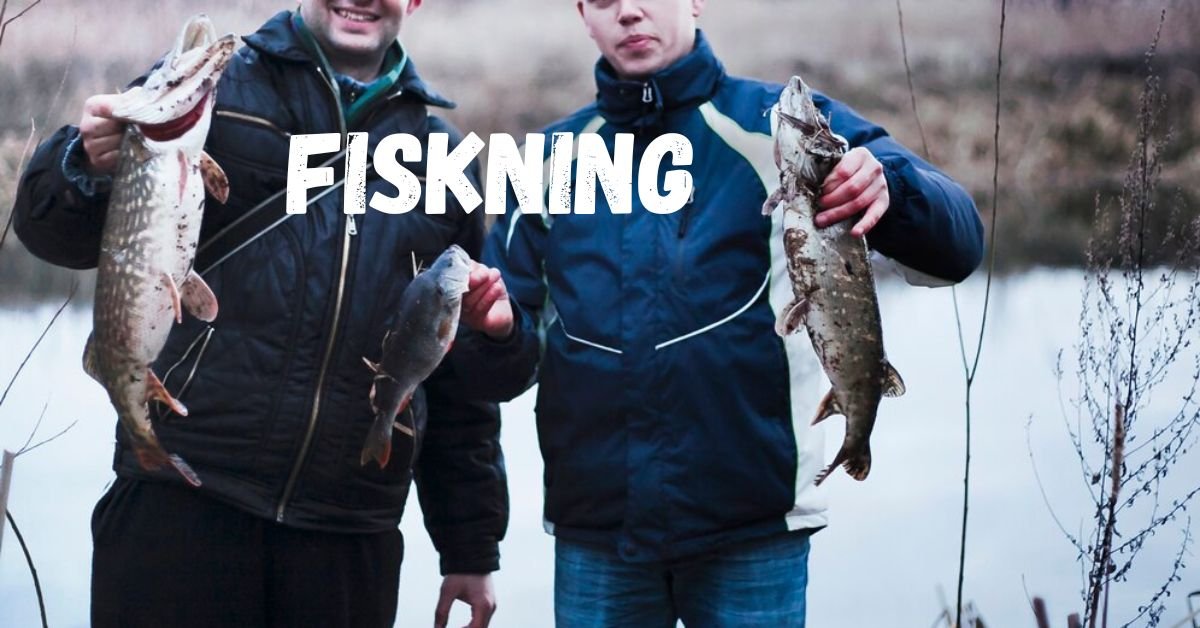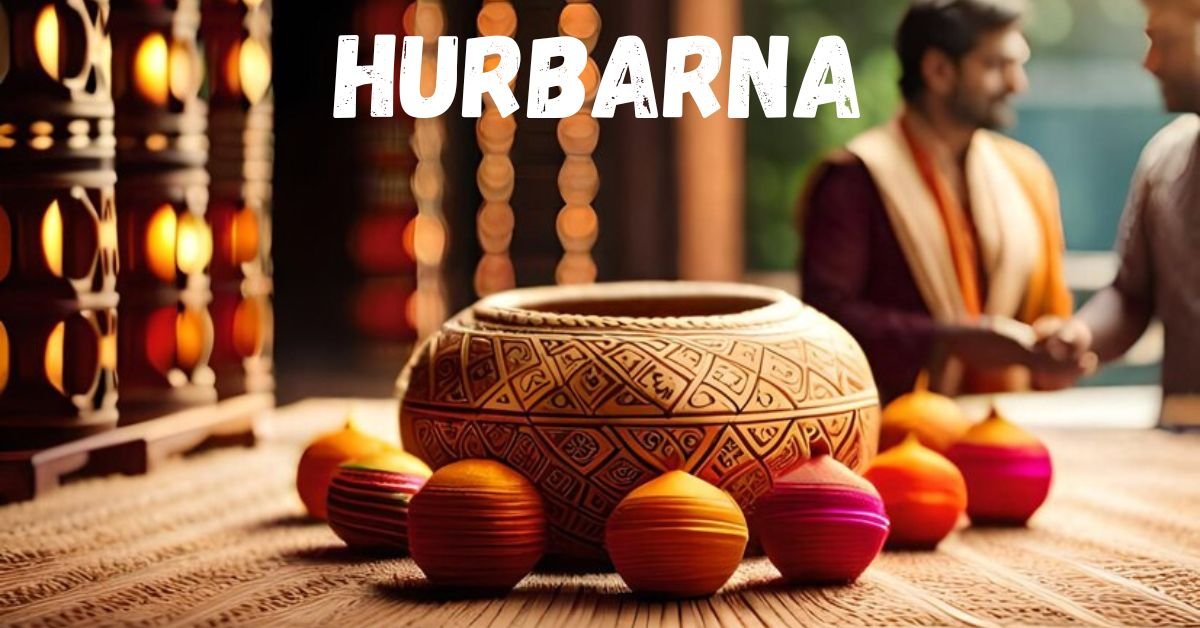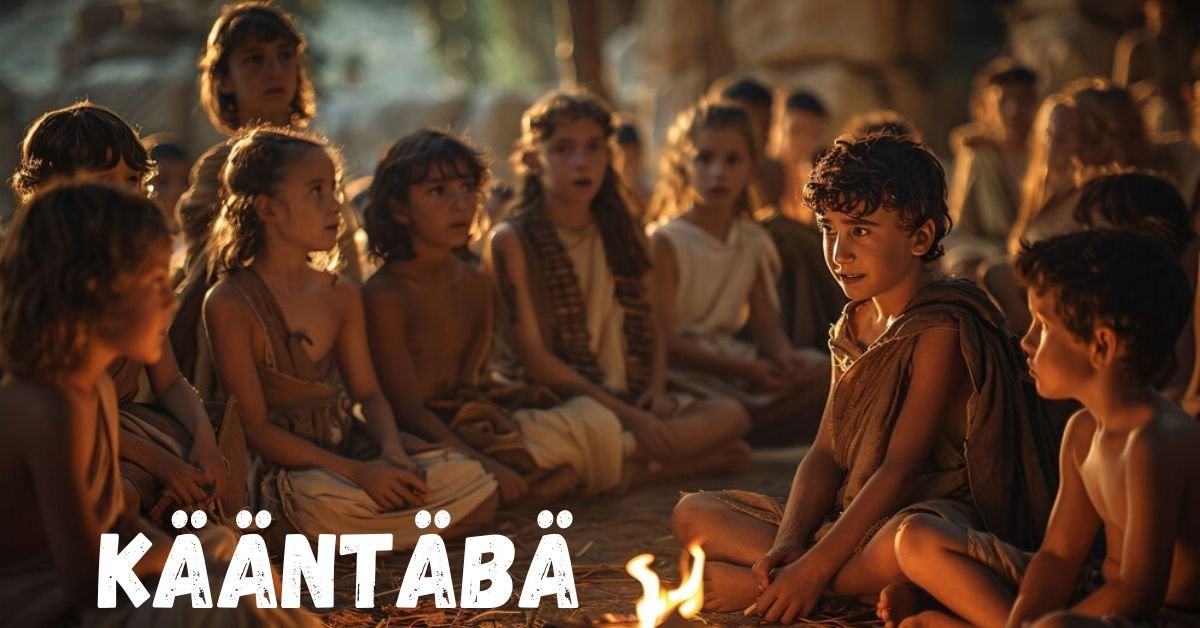Lifestyle
The Inspiring Story of Paul Inouye Wife

Paul Inouye is a name that resonates in the world of business and finance. Known for his professional achievements and strategic mind, Paul has made a significant impact in his industry. However, behind every successful man is a supportive partner, and Paul’s wife has been a crucial part of his journey. This article explores their life together, highlighting their relationship, challenges, and shared successes.
Who is Paul Inouye Wife
Paul Inouye has built a remarkable career in finance and entrepreneurship. With a background in finance, Paul has held various influential positions in major organizations. His journey to success is a testament to his dedication, hard work, and strategic thinking. His professional life is marked by numerous achievements, from leading successful projects to making strategic business decisions that have led to substantial growth.
Paul Inouye’s Early Life and Education
Before becoming a prominent figure in the business world, Paul had a humble beginning. Growing up in a supportive family, he learned the values of hard work and perseverance early on. His educational journey played a significant role in shaping his career. Paul attended prestigious institutions where he honed his skills and acquired the knowledge that would later help him navigate the complex world of finance and business.
How Paul Met His Wife
Paul Inouye met his wife during a significant moment in his life. Their paths crossed at a professional event, where they were both engaged in their respective careers. What started as a casual conversation soon developed into a meaningful relationship. Their initial connection was built on mutual respect and shared values, laying a strong foundation for their future together.
The Early Stages of Their Relationship
The early stages of Paul and his wife’s relationship were characterized by mutual understanding and support. They both recognized the demands of their careers and supported each other through the highs and lows. Their relationship grew stronger as they navigated the challenges of balancing their professional and personal lives.
Their Marriage and Family Life
Paul and his wife had a beautiful wedding, surrounded by their closest family and friends. The ceremony was a reflection of their personalities—elegant, intimate, and filled with love. As they embarked on their married life, they focused on building a strong family foundation. They prioritized spending quality time together and created a nurturing environment for their family.
Public Perception of Their Relationship
Paul Inouye and his wife have often been in the media spotlight. Their relationship is admired by many, and their public appearances are always well-received. Whether attending charity events or professional gatherings, Paul and his wife exude confidence and grace. Their public image is a testament to their strong bond and mutual respect.
Overcoming Challenges Together
Like any couple, Paul and his wife have faced their share of challenges. From professional setbacks to personal hurdles, they have encountered numerous obstacles. However, their ability to overcome these challenges together has strengthened their relationship. They have learned to navigate life’s ups and downs with resilience and a positive attitude.
Their Shared Achievements
Paul and his wife’s collective achievements are impressive. They have built a life filled with accomplishments, both individually and as a couple. From professional accolades to personal milestones, their journey is a testament to their hard work and dedication. Their achievements are a source of inspiration to many.
Paul Inouye’s Professional Achievements
Paul’s career is marked by significant milestones. He has held key positions in various organizations and has been instrumental in driving growth and innovation. His strategic mind and leadership skills have led to numerous successes in his professional life. Additionally, Paul has ventured into entrepreneurship, reflecting his forward-thinking approach and commitment to excellence.
Philanthropy and Community Involvement
Giving back to the community is important to Paul and his wife. They are actively involved in various charitable initiatives, supporting causes that are close to their hearts. Their philanthropic efforts have had a positive impact on society, and they strive to make a difference in the lives of others through their contributions and volunteer work.
Balancing Work and Personal Life
Balancing a demanding career with family life is no easy feat, but Paul and his wife manage it with aplomb. Effective time management is key to their success. They prioritize their family while ensuring that their professional responsibilities are met. Having a strong support system, including family and friends, helps them navigate the complexities of their busy lives.
The Role of Paul’s Wife in His Success
Paul’s wife is a professional in her own right, with achievements that complement Paul’s career. Her role as a supportive partner has been significant in Paul’s success. Her encouragement, understanding, and contributions have played a crucial part in helping him achieve his goals. Together, they make a formidable team, supporting each other in their respective endeavors.
Shared Interests and Hobbies
Paul and his wife share many interests, which helps them stay connected. Whether it’s traveling, cooking, or enjoying outdoor activities, their shared hobbies bring them closer. These activities provide them with opportunities to relax and bond, strengthening their relationship. They also value their individual pursuits, which allow them to grow both individually and as a couple.
Life Lessons from Paul and His Wife
Their journey is filled with inspirational stories and valuable lessons. From overcoming personal challenges to achieving professional success, Paul and his wife’s experiences offer insights into resilience, communication, and mutual respect. They emphasize the importance of maintaining a positive outlook and working together to achieve common goals.
Future Plans and Aspirations
Paul and his wife have several exciting projects on the horizon. These ventures reflect their ambition and desire to continue making a positive impact. As a family, they have set goals that they aspire to achieve together, encompassing both their personal and professional aspirations. Their future plans are a testament to their commitment to growth and success.
Conclusion
Paul Inouye and his wife exemplify a balanced and successful partnership. Their journey is a testament to the power of love, support, and shared goals. By navigating life’s challenges together, they have created a fulfilling and inspiring life. Their story serves as an inspiration to others, showcasing the importance of resilience, mutual respect, and effective time management in maintaining a healthy and successful relationship.
FAQs
Who is Paul Inouye?
Paul Inouye is a prominent figure in the business world, known for his achievements in finance and entrepreneurship.
How did Paul Inouye meet his wife?
Paul Inouye met his wife at a professional event, and their relationship developed from there.
What are some of Paul Inouye’s professional achievements?
Paul Inouye has held key positions in various organizations and has been involved in several successful business ventures.
What charitable activities are Paul Inouye and his wife involved in?
They are actively involved in various charitable initiatives, supporting causes that are close to their hearts.
How do Paul Inouye and his wife balance their work and personal life?
They manage to balance their work and personal life through effective time management and strong support systems.
Lifestyle
Fiskning: A Deep Dive into the Art and Science of Fishing

Fishing, known as “fiskning” in Swedish, is more than just a pastime; it’s a blend of tradition, skill, and nature. From ancient civilizations to modern-day enthusiasts, fishing has evolved but remains a cherished activity for many. This comprehensive guide will explore the various aspects of fiskning, including its history, techniques, benefits, and more. Whether you’re a seasoned angler or new to the sport, this article will provide valuable insights into the world of fishing.
The History of Fiskning
Fishing has been a crucial part of human survival for millennia. Early humans used simple tools like spears and nets to catch fish, which were a primary food source. Over time, fishing methods and equipment became more sophisticated. By the Middle Ages, fishing had become both a vital industry and a regulated activity, with laws governing fish populations and fishing practices. Today, fiskning continues to be an important cultural and recreational activity worldwide.
Different Types of Fishing
Fishing encompasses a variety of techniques, each suited to different environments and types of fish. Understanding these methods can enhance your fishing experience.
Freshwater Fishing
Freshwater fishing occurs in lakes, rivers, and streams. It’s a popular choice for anglers due to its accessibility and the diversity of species available. Common targets include bass, trout, and catfish. This type of fishing can be done from the shore or a boat, and it often requires specialized gear such as spinning rods and reels.
Saltwater Fishing
Saltwater fishing takes place in oceans and seas, offering opportunities for both inshore and offshore fishing. Inshore fishing targets species like flounder and redfish near the shore, while offshore fishing aims for larger species such as tuna and marlin. Saltwater fishing often requires more robust equipment and specialized boats.
Fly Fishing
Fly fishing is a technique where anglers use lightweight artificial flies to catch fish. This method is particularly effective for species like trout and salmon. It requires skillful casting and a good understanding of insect hatches and fish behavior. Fly fishing is often practiced in rivers and streams, but it can also be adapted for still waters.
Ice Fishing
Ice fishing is practiced on frozen lakes and rivers. Anglers cut holes into the ice and fish through them using specialized equipment. This method is prevalent in colder climates and targets species like perch, walleye, and northern pike. Ice fishing requires appropriate gear to handle the cold and maintain safety on the ice.
Essential Fishing Techniques
Fishing techniques vary widely depending on the type of fishing and the target species. Here are some popular methods.
Casting
Casting involves throwing a baited hook or lure into the water and retrieving it. This technique is versatile and used in both freshwater and saltwater fishing. Proper casting technique is crucial for effectively reaching and enticing fish.
Trolling
Trolling is the process of dragging baited lures or baits behind a moving boat. This method covers a large area and is effective for catching species that roam in open water. It’s commonly used in offshore fishing.
Jigging
Jigging involves using a weighted lure, known as a jig, which is moved up and down in the water. This technique is useful for targeting fish near the bottom, such as cod and grouper. Jigging can be done from a boat or from the shore.
Spinning
Spinning is a technique that uses a spinning reel to cast and retrieve lures. It’s popular for its ease of use and effectiveness in catching various fish species. Spinning rods and reels are commonly used in freshwater fishing.
Fishing Equipment and Gear
Having the right equipment is essential for a successful fishing experience. Here are some key items to consider.
Fishing Rods and Reels
Fishing rods and reels come in various sizes and types, each designed for different fishing techniques and species. Rods are categorized by their length, power, and action, while reels can be spinning, baitcasting, or spincast. Selecting the right combination of rod and reel is crucial for effective fishing.
Fishing Lines and Hooks
Fishing lines vary in strength and material, such as monofilament, fluorocarbon, and braided lines. Choose a line based on the type of fishing and target species. Hooks come in different sizes and shapes, so select hooks that match your bait and target fish.
Baits and Lures
Baits can be live, such as worms or minnows, or artificial, like plastic worms and metal spinners. Lures mimic the appearance and movement of prey to attract fish. The choice of bait or lure depends on the fish species and water conditions.
Tackle Boxes and Accessories
A tackle box is essential for organizing and storing fishing gear. It should have compartments for hooks, lures, lines, and other accessories. Additional items like pliers, fishing scissors, and a landing net can also be helpful.
Finding the Best Fishing Spots
Identifying good fishing locations can significantly impact your success. Here are some tips for finding the best spots.
Lakes and Rivers
Lakes and rivers are often stocked with fish and provide accessible fishing opportunities. Look for areas with structures like rocks, vegetation, and drop-offs where fish are likely to congregate.
Coastal Areas
Coastal fishing offers opportunities for both inshore and offshore fishing. Check local regulations and research the best times to fish based on tides and seasonal patterns.
Reservoirs and Ponds
Reservoirs and ponds are man-made bodies of water that can be excellent for fishing. They are often stocked with various fish species and provide easy access points for anglers.
Fishing Regulations and Conservation
Responsible fishing involves adhering to regulations and practicing conservation. Here are some guidelines to follow.
Fishing Licenses and Permits
Most areas require a fishing license or permit. Make sure to check local regulations and obtain the necessary permits before fishing.
Catch and Release Practices
Catch and release helps sustain fish populations by returning caught fish to their habitat. Use barbless hooks and handle fish gently to minimize stress and injury.
Sustainable Fishing Practices
Follow sustainable fishing practices to protect aquatic ecosystems. Adhere to size and bag limits, avoid overfished areas, and use environmentally friendly gear.
Fishing Safety Tips
Safety is a key consideration when fishing. Here are some tips to ensure a safe and enjoyable experience.
Weather Awareness
Check weather conditions before heading out. Avoid fishing in severe weather or dangerous conditions to ensure your safety.
Personal Safety
Wear a life jacket when fishing from a boat or in deep water. Use sunscreen, insect repellent, and appropriate clothing to protect yourself from the elements.
Equipment Safety
Inspect your gear before each trip. Ensure that your rod, reel, and line are in good condition to prevent accidents and improve your fishing experience.
Conclusion
Fishing, or fiskning, is a multifaceted activity that offers relaxation, adventure, and a connection to nature. From its historical roots to modern-day techniques and equipment, fishing has something to offer for everyone. By understanding the various types of fishing, techniques, and best practices, you can enhance your fishing experience and contribute to the preservation of aquatic ecosystems. Embrace the joys of fishing, respect the environment, and enjoy the many benefits that this timeless activity has to offer.
FAQs
What is the best time of day to fish
The best times to fish are typically early morning and late afternoon when fish are most active.
Do I need a fishing license
Yes, most places require a fishing license or permit. Check local regulations to ensure you comply.
What is catch and release
Catch and release is a practice where fish are caught and then returned to the water to help maintain fish populations.
What type of bait should I use
The type of bait depends on the fish species you are targeting. Common options include live bait like worms or artificial lures.
How can I improve my fishing skills
Practice regularly, learn from experienced anglers, and stay updated on fishing techniques and gear to enhance your skills.
Lifestyle
Hurbarna: Exploring the Depths of an Ancient Tradition

Hurbarna, an ancient and captivating practice, has been an integral part of human history for centuries. Rooted in rich cultural traditions, it offers a unique blend of spiritual and practical elements that continue to captivate individuals worldwide. But what exactly is Hurbarna? Why has it stood the test of time, and how does it fit into our modern lives? This article delves into the essence of Hurbarna, exploring its origins, principles, and contemporary relevance.
The Origins of Hurbarna
Hurbarna’s origins trace back to ancient civilizations, where it was deeply interwoven with daily life and spiritual beliefs. Emerging from early human attempts to understand and interact with the world around them, Hurbarna was both a means of survival and a way to connect with the divine. Over time, it evolved, absorbing influences from various cultures and adapting to changing societal norms. Its rich history is a testament to its resilience and adaptability.
Core Principles of Hurbarna
At the heart of Hurbarna lie several fundamental beliefs and practices. Central to its philosophy is the concept of balance and harmony with the natural world. Practitioners engage in rituals and ceremonies designed to align their energies with the forces of nature, seeking to achieve a state of equilibrium. Symbolism plays a crucial role, with various objects and actions holding significant meaning within the practice.
Hurbarna in Modern Society
In today’s fast-paced world, Hurbarna has found new relevance. Many people turn to it as a means of finding peace and grounding amidst the chaos of modern life. While some traditional practices have been adapted to fit contemporary lifestyles, the core principles remain unchanged. From urban settings to rural communities, Hurbarna continues to inspire and guide individuals on their personal and spiritual journeys.
The Spiritual Aspect of Hurbarna
Hurbarna is not just a set of rituals; it is a deeply spiritual practice. It involves connecting with a higher power, whether through meditation, prayer, or ceremonial acts. These spiritual connections are believed to bring about personal growth and enlightenment, helping practitioners to achieve a deeper understanding of themselves and their place in the universe.
Practicing Hurbarna: A Beginner’s Guide
For those new to Hurbarna, the journey can seem daunting. However, starting with basic steps can make the process more approachable. Beginners need only a few simple tools and materials, along with a willingness to learn and explore. Common beginner mistakes include overcomplicating rituals and neglecting the importance of intent and focus. With patience and practice, anyone can begin to incorporate Hurbarna into their daily routine.
Advanced Techniques in Hurbarna
As practitioners gain experience, they can explore more advanced techniques in Hurbarna. This includes mastering complex rituals and deepening their spiritual connections. Advanced practices often involve more intricate tools and materials, as well as a greater understanding of the underlying principles. These techniques can lead to profound personal insights and a stronger bond with the natural world.
The Role of Nature in Hurbarna
Nature is a cornerstone of Hurbarna, with natural elements playing a significant role in its rituals and symbolism. Practitioners use various natural materials, such as stones, plants, and water, to enhance their practices. This connection to nature fosters a sense of environmental awareness and stewardship, encouraging practitioners to live in harmony with their surroundings.
Hurbarna and Healing
One of the most powerful aspects of Hurbarna is its healing potential. Through various practices, it can promote physical, emotional, and spiritual well-being. Many individuals have reported significant improvements in their health and overall quality of life after incorporating Hurbarna into their routines. These healing practices are often personalized, allowing practitioners to address their unique needs and challenges.
Hurbarna in Art and Literature
Hurbarna has also made its mark on art and literature. Throughout history, it has inspired countless works of art, from intricate paintings to evocative poems. Its influence can be seen in various literary traditions, where it often serves as a central theme or a source of metaphorical richness. Notable works and artists continue to draw inspiration from Hurbarna, ensuring its presence in the cultural landscape.
Common Misconceptions About Hurbarna
Despite its long history, Hurbarna is often misunderstood. Common misconceptions include viewing it as a form of magic or superstition, rather than a legitimate spiritual practice. These misunderstandings can lead to skepticism and dismissiveness. Educating the public about the true nature of Hurbarna is crucial for fostering greater acceptance and appreciation.
Hurbarna and Community
Community plays a vital role in Hurbarna. Practitioners often come together to share their experiences, support one another, and engage in group rituals. These gatherings can create a strong sense of belonging and collective energy. Stories of communal bonding highlight the importance of these connections in maintaining the practice and passing it down through generations.
Challenges in Practicing Hurbarna
Like any practice, Hurbarna comes with its challenges. Practitioners may encounter obstacles such as skepticism from others, difficulty finding resources, or personal doubts. Overcoming these challenges requires perseverance and a supportive network. Numerous resources are available to help practitioners navigate these difficulties and continue their journey.
The Future of Hurbarna
Looking ahead, Hurbarna is poised for continued growth and evolution. As more people seek alternative spiritual practices, Hurbarna offers a unique and enriching path. Potential developments include greater integration with modern technology and increased visibility in mainstream culture. Preserving the tradition while embracing innovation will be key to its future success.
Conclusion
In conclusion, Hurbarna is a rich and multifaceted practice with deep historical roots and significant modern relevance. Its core principles of balance, harmony, and connection to nature resonate with many individuals today. Whether you are a seasoned practitioner or a curious newcomer, Hurbarna offers a journey of spiritual growth, healing, and community. Its enduring legacy is a testament to its profound impact on human life and culture.
FAQs
What is Hurbarna?
Hurbarna is an ancient spiritual practice that involves rituals and ceremonies designed to align one’s energies with the natural world, promoting balance and harmony.
How can I start practicing Hurbarna?
Begin with basic steps, such as learning simple rituals and gathering essential tools and materials. Focus on intent and practice regularly to deepen your understanding.
What are the benefits of Hurbarna?
Hurbarna offers numerous benefits, including physical, emotional, and spiritual healing, personal growth, and a stronger connection to nature.
Is Hurbarna related to any other spiritual practices?
While unique, Hurbarna shares similarities with other nature-based spiritual practices, emphasizing balance, harmony, and connection to the natural world.
Where can I learn more about Hurbarna?
You can find information through books, online resources, and communities of practitioners who share their knowledge and experiences.
Lifestyle
Kääntäbä: Unveiling the Mysteries of This Ancient Practice

Kääntäbä, an ancient and profound practice, has been shrouded in mystery for centuries. Rooted in deep cultural traditions, it offers a unique blend of spiritual and practical elements that continue to captivate individuals around the world. But what exactly is Kääntäbä? Why has it stood the test of time, and how does it fit into our modern lives? This article delves into the essence of Kääntäbä, exploring its origins, principles, and contemporary relevance.
The Origins of Kääntäbä
Kääntäbä’s origins trace back to ancient civilizations, where it was deeply interwoven with daily life and spiritual beliefs. Emerging from early human attempts to understand and interact with the world around them, Kääntäbä was both a means of survival and a way to connect with the divine. Over time, it evolved, absorbing influences from various cultures and adapting to changing societal norms. Its rich history is a testament to its resilience and adaptability.
Core Principles of Kääntäbä
At the heart of Kääntäbä lie several fundamental beliefs and practices. Central to its philosophy is the concept of balance and harmony with the natural world. Practitioners engage in rituals and ceremonies designed to align their energies with the forces of nature, seeking to achieve a state of equilibrium. Symbolism plays a crucial role, with various objects and actions holding significant meaning within the practice.
Kääntäbä in Modern Society
In today’s fast-paced world, Kääntäbä has found new relevance. Many people turn to it as a means of finding peace and grounding amidst the chaos of modern life. While some traditional practices have been adapted to fit contemporary lifestyles, the core principles remain unchanged. From urban settings to rural communities, Kääntäbä continues to inspire and guide individuals on their personal and spiritual journeys.
The Spiritual Aspect of Kääntäbä
Kääntäbä is not just a set of rituals; it is a deeply spiritual practice. It involves connecting with a higher power, whether through meditation, prayer, or ceremonial acts. These spiritual connections are believed to bring about personal growth and enlightenment, helping practitioners to achieve a deeper understanding of themselves and their place in the universe.
Practicing Kääntäbä: A Beginner’s Guide
For those new to Kääntäbä, the journey can seem daunting. However, starting with basic steps can make the process more approachable. Beginners need only a few simple tools and materials, along with a willingness to learn and explore. Common beginner mistakes include overcomplicating rituals and neglecting the importance of intent and focus. With patience and practice, anyone can begin to incorporate Kääntäbä into their daily routine.
Advanced Techniques in Kääntäbä
As practitioners gain experience, they can explore more advanced techniques in Kääntäbä. This includes mastering complex rituals and deepening their spiritual connections. Advanced practices often involve more intricate tools and materials, as well as a greater understanding of the underlying principles. These techniques can lead to profound personal insights and a stronger bond with the natural world.
The Role of Nature in Kääntäbä
Nature is a cornerstone of Kääntäbä, with natural elements playing a significant role in its rituals and symbolism. Practitioners use various natural materials, such as stones, plants, and water, to enhance their practices. This connection to nature fosters a sense of environmental awareness and stewardship, encouraging practitioners to live in harmony with their surroundings.
Kääntäbä and Healing
One of the most powerful aspects of Kääntäbä is its healing potential. Through various practices, it can promote physical, emotional, and spiritual well-being. Many individuals have reported significant improvements in their health and overall quality of life after incorporating Kääntäbä into their routines. These healing practices are often personalized, allowing practitioners to address their unique needs and challenges.
Kääntäbä in Art and Literature
Kääntäbä has also made its mark on art and literature. Throughout history, it has inspired countless works of art, from intricate paintings to evocative poems. Its influence can be seen in various literary traditions, where it often serves as a central theme or a source of metaphorical richness. Notable works and artists continue to draw inspiration from Kääntäbä, ensuring its presence in the cultural landscape.
Common Misconceptions About Kääntäbä
Despite its long history, Kääntäbä is often misunderstood. Common misconceptions include viewing it as a form of magic or superstition, rather than a legitimate spiritual practice. These misunderstandings can lead to skepticism and dismissiveness. Educating the public about the true nature of Kääntäbä is crucial for fostering greater acceptance and appreciation.
Kääntäbä and Community
Community plays a vital role in Kääntäbä. Practitioners often come together to share their experiences, support one another, and engage in group rituals. These gatherings can create a strong sense of belonging and collective energy. Stories of communal bonding highlight the importance of these connections in maintaining the practice and passing it down through generations.
Challenges in Practicing Kääntäbä
Like any practice, Kääntäbä comes with its challenges. Practitioners may encounter obstacles such as skepticism from others, difficulty finding resources, or personal doubts. Overcoming these challenges requires perseverance and a supportive network. Numerous resources are available to help practitioners navigate these difficulties and continue their journey.
The Future of Kääntäbä
Looking ahead, Kääntäbä is poised for continued growth and evolution. As more people seek alternative spiritual practices, Kääntäbä offers a unique and enriching path. Potential developments include greater integration with modern technology and increased visibility in mainstream culture. Preserving the tradition while embracing innovation will be key to its future success.
Conclusion
In conclusion, Kääntäbä is a rich and multifaceted practice with deep historical roots and significant modern relevance. Its core principles of balance, harmony, and connection to nature resonate with many individuals today. Whether you are a seasoned practitioner or a curious newcomer, Kääntäbä offers a journey of spiritual growth, healing, and community. Its enduring legacy is a testament to its profound impact on human life and culture.
FAQs
What is Kääntäbä?
Kääntäbä is an ancient spiritual practice that involves rituals and ceremonies designed to align one’s energies with the natural world, promoting balance and harmony.
How can I start practicing Kääntäbä?
Begin with basic steps, such as learning simple rituals and gathering essential tools and materials. Focus on intent and practice regularly to deepen your understanding.
What are the benefits of Kääntäbä?
Kääntäbä offers numerous benefits, including physical, emotional, and spiritual healing, personal growth, and a stronger connection to nature.
Is Kääntäbä related to any other spiritual practices?
While unique, Kääntäbä shares similarities with other nature-based spiritual practices, emphasizing balance, harmony, and connection to the natural world.
Where can I learn more about Kääntäbä?
You can find information through books, online resources, and communities of practitioners who share their knowledge and experiences.
-

 Technology6 months ago
Technology6 months agoExploring the Concept of Assumira: Understanding Its Impact and Applications great 2
-

 HOME6 months ago
HOME6 months agoNTR Share House: Redefining Community Living great 8
-

 TECH6 months ago
TECH6 months agoUnlocking the Power of Mystop: Your Ultimate Navigation Companion great 9
-

 BUSINESS6 months ago
BUSINESS6 months agoExploring the World of Kääntäjäö: Bridging Language Gaps great 7
-

 Technology6 months ago
Technology6 months agoQXEFV Demystified: How to Harness its Power for Maximum Impact great 8
-

 Blog6 months ago
Blog6 months agoThe Hidden Strengths: 거만한 크랭키/작다고 무시하면 안 돼요 Don’t Underestimate the Small and Cranky
-

 Blog6 months ago
Blog6 months agoExploring the World of HD Hole
-

 FASHION6 months ago
FASHION6 months agoSoleLinks: Your Ultimate Sneaker Release Companion great 7
